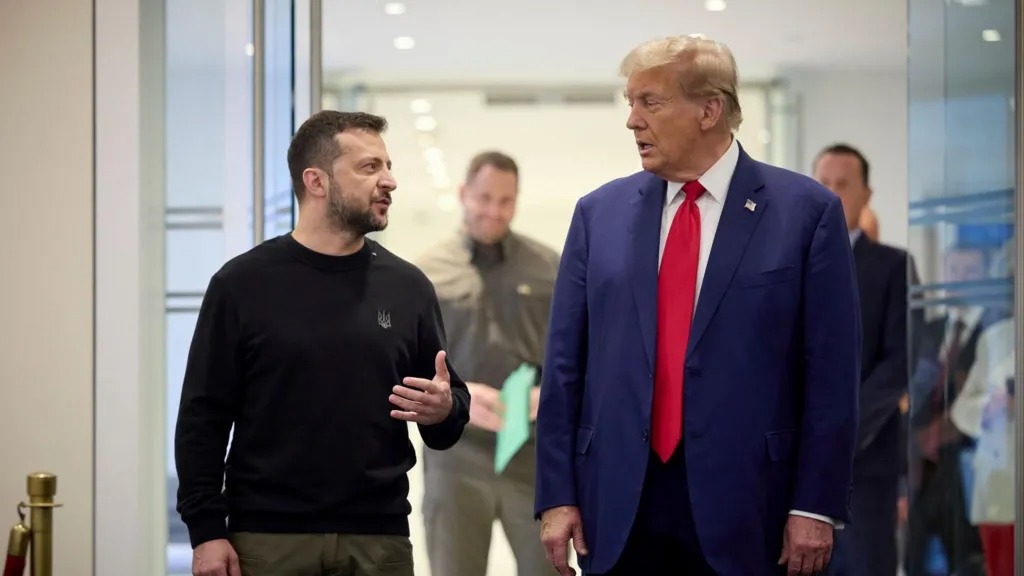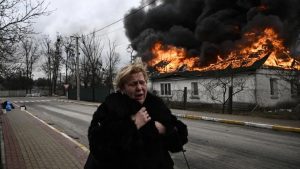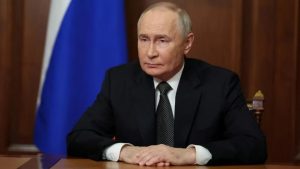
The United States has authorized Ukraine to use long-range missiles to strike targets inside Russia for the first time, marking a significant escalation in the conflict. This decision allows Kyiv to deploy the US-made ATACMS missiles, which are capable of hitting targets up to 300km away, signaling a major shift in Western support for Ukraine.
What Are ATACMS Missiles, and Why Now?
The Army Tactical Missile System (ATACMS), developed by Lockheed Martin, has a range of up to 300km (186 miles) and is one of the most powerful weapons in Ukraine’s arsenal. While Ukraine has previously employed these missiles in occupied territories like Crimea and Zaporizhzhia, using them inside Russia had been strictly prohibited—until now.
The policy change comes as Ukraine faces mounting pressure, with Russia reportedly deploying North Korean troops in the Kursk region to counter Ukraine’s advances. This development has influenced the US to grant Ukraine the green light for limited strikes inside Russian territory, a move Ukraine views as essential for leveling the battlefield.
Potential Impact on the Ukraine War
Allowing Ukraine to strike Russian military targets could:
- Defend Ukrainian-Held Territory
ATACMS missiles may help Ukraine fortify its position in the Kursk region, where it holds over 1,000 sq km of territory. Ukrainian forces can target critical Russian infrastructure, military bases, and supply lines, potentially delaying or neutralizing the expected counteroffensive by Russian and North Korean troops. - Raise the Stakes for Russia
While not game-changing in terms of turning the war’s tide, the use of ATACMS sends a powerful message of Western support. The move raises the costs for Russia and signals to allies like the UK and France that providing long-range missile capabilities, such as Storm Shadow missiles, is now an acceptable step. - Psychological and Strategic Advantages
Striking significant targets, such as the Kerch Bridge, could lift Ukrainian morale and disrupt Russian logistics. However, limited supplies of ATACMS and the relocation of Russian assets further inland might minimize the immediate strategic impact.
Concerns Over Escalation
Russia has repeatedly warned against allowing Ukraine to use Western weapons to strike inside its borders, calling it a “red line” that could escalate the conflict. President Vladimir Putin has described such actions as NATO’s “direct participation” in the war.
However, past “red lines,” including providing tanks and fighter jets, have been crossed without provoking a direct NATO-Russia conflict. Former US ambassador Kurt Volker argues that limiting Ukraine’s use of weapons was an arbitrary restriction driven by fear of escalation rather than strategy.
Uncertainty Under a Trump Administration
President-elect Donald Trump’s stance on Ukraine remains unclear. While he has criticized the continuation of military aid, his National Security Adviser Michael Waltz has suggested accelerating weapons deliveries to force Russia into negotiations.
With Trump’s history of praising Putin and skepticism of military aid, Ukraine fears that his administration might reverse Biden’s decision, leaving Ukraine vulnerable in the ongoing conflict.
Conclusion
The decision to allow Ukraine to strike within Russia with ATACMS missiles represents a significant shift in US policy. While the move is unlikely to decisively alter the war’s trajectory, it underscores the West’s commitment to supporting Ukraine against growing threats. As the political landscape shifts with the incoming Trump administration, the long-term impact of this decision remains uncertain.
- External Link: BBC News
- Internal Link: Eurasia Sports






